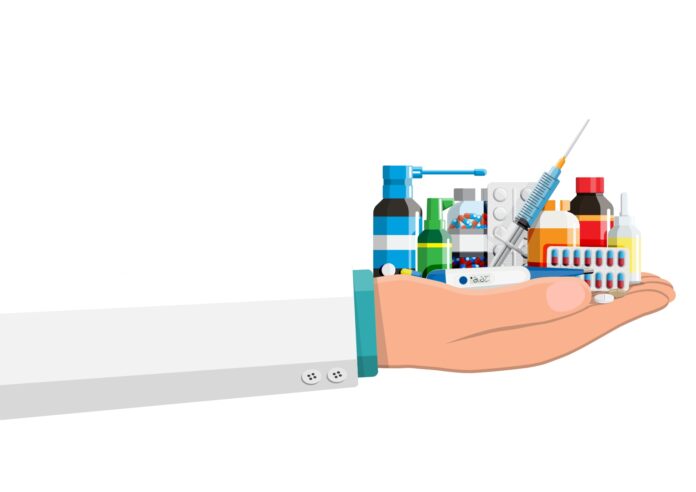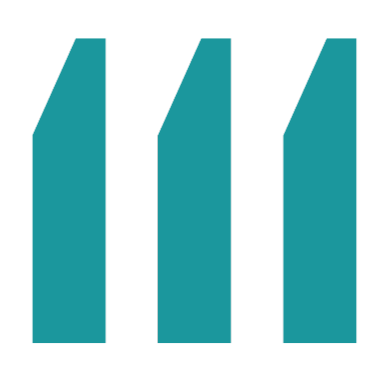What was originally envisaged as a tool to control spending has turned into a threat to an entire industrial sector and to healthcare itself. We are referring, as is easy to understand, to the payback, the mechanism that requires companies supplying medical devices to pay the amounts due to exceeding the spending ceilings for the years 2015-2018. The sum in question corresponds to 40% for the year 2015, 45% for 2016 and 50% of the excess spending carried out by the Regions from 2017 onwards.
Already hit by controversies in the pharmaceutical sector, the payback is unleashing, due to its feared consequences, an even thicker hornet’s nest of criticism in the world of medical devices. The trade associations of the supplier companies have on several occasions, including with open letters to the Prime Minister Giorgia Meloni, highlighted the most unfair aspects of the legislation in question, which requires that exceeding the spending ceilings by the Regions fall on the winning companies of the tender, free from liability in this regard.
How payback was born
The genesis of this intricate issue dates back to the approval of Law 111/2011 art. 17, conversion of Legislative Decree 98/2011. It was, however, with the art. 9-ter of Legislative Decree 78/2015 (converted into Law 125/2015) which established that part of the exceeding of the ceiling for the purchase of medical devices would be borne by the supplier companies, effectively introducing the payback.
“Each supplier company contributes to the aforementioned shelf quotas in an amount equal to the percentage impact of its turnover on the total expenditure for the purchase of medical devices paid by the Regional Health Service”
legislative decree 78/2015, art. 9-ter paragraph 9
Paragraph 557 of the 2019 Budget Law then established that exceeding the spending ceiling must be defined with a decree from the Ministry of Health which, in concert with the Ministry of Economy and Finance, certifies by 30 September of each year (first provisionally and then definitively) the deviations. Originally set at 5.2% of the Ordinary Health Fund (FSO), the limit was subsequently moved to 4.9%, 4.8% until stabilizing at 4.4% in 2014.
How come we’re only talking about it today
Article 9-ter of Legislative Decree 78/2015 remained unimplemented for a long time, until the approval of Legislative Decree 115/2022 (Aid bis Decree, converted into Law 142/2022). The provision accelerated the recovery procedures through the introduction of paragraph 9-bis, which sets the time limit (15 October 2022) in which the ministry, in agreement with the State-Regions Conference, must adopt guidelines for the drafting of settlement requests to supplier companies. These guidelines were adopted with the decree of the Ministry of Health of 6 October 2022. Following the approval of the Aid Decree bis, Italian companies are required to pay a sum equal to 2.2 billion, certified by the decree of the Ministry of Salute of 6 July 2022. But this is only the first tranche of payments: overall, the amount of reimbursement for the entire period 2015-2020 is equal to 3.6 billion and 616 million euros.
The legislation establishes that, once the payment terms have passed, the purchase debts held by the individual Regions are automatically set off against the credits that the individual companies have accrued.
Shortages of essential devices and job losses
As underlined several times by the president of Confindustria Dispositivi Medici, Massimiliano Boggetto, the payback risks undermining the fortunes of the Italian medtech sector. Estimates say that the threat is extremely serious for more than 90% of companies in the area and that over 112,000 jobs are at risk.
It is not difficult to understand how this scenario could impact the security of supplies to healthcare facilities. The closure of the most fragile companies would eliminate essential products from the market and interrupt the virtuous cycle of innovation that has characterized the sector in recent decades. The medical device industry, in fact, includes large companies but also small and very small businesses.
Furthermore, the choice to impose very low spending ceilings would have the consequence of reducing the quality of medical devices, precisely in a historical phase in which Italian healthcare has yet to recover from the terrible pandemic storm and is preparing for new waves of contagion.
The avalanche of appeals
The looming deadline for payment in the absence of interventions by the Government has triggered a flurry (over 400) of appeals to the TAR by companies in the biomedical sector, with the aim of contesting the illegitimacy of the provision due to its unconstitutionality and incompatibility with community principles and violation of other legal provisions.
It has been remembered from many quarters that payback is a mechanism that also exists for drugs, with a view to extinguishing the controversy. However, manufacturers maintain that disputes are also commonplace in the pharmaceutical sector and that, in any case, the system of tenders carried out for the purchase of medicines proceeds according to different mechanisms compared to those for medical devices. A further paradoxical element that characterizes this picture is represented by the fact that among those that have exceeded the spending limits the most there are some of the Regions in which the health service is considered more efficient, such as Tuscany and Veneto.
The extension of the payment deadline
Legislative Decree 4/2023 was approved on 10 January, containing urgent provisions regarding recovery procedures for exceeding the spending ceiling for medical devices. With this provision, on the proposal of the Minister of Economy and Finance, Giancarlo Giorgetti, and the Minister of Health, Orazio Schillaci, the executive granted a four-month extension (from 31 January to 30 April this year) for payment by producers. For its part, the Senate Budget Service specifies that the postponement of the deadline will lead to an increase in net debt for 2022.
Meanwhile, in the wake of the government provision, the Lazio TAR, whose decision was expected by January 17 regarding the companies’ request to suspend the provision, has decided to postpone the decision until April. At the same time, it scheduled a public hearing for June which should make a final decision on the issue.
The predominant impression is that the institutions have understood the sensitivity of the situation and are evaluating the possible consequences of the measure. But the opinion of Confindustria Dispositivi Medici has not changed: the payback mechanism is wrong and must be cancelled, the extension is good news but moving the decision further changes nothing.
Possible evolutions
The turning point could come from the (political) decision to cancel the provision or modify it substantially. On this point, Minister Giorgetti anticipated an unspecified “regulation maintenance” intervention. It is not difficult to foresee the continuation of the avalanche of appeals to the relevant TAR by many other Italian medtech companies, in an attempt to avoid bankruptcy.
In this regard, Fifo Sanità (Italian Federation of healthcare suppliers, member of ConfCommercio) calls for the establishment of a technical table to overcome the norm, reiterating the absolute non-involvement of supplier companies in the overruns and attributing the choice solely to the administrative management of the Regions to exceed the limits imposed on spending. A second request made by the trade associations is represented by the raising of spending ceilings from 4.4% to 5.2% of total public spending.


